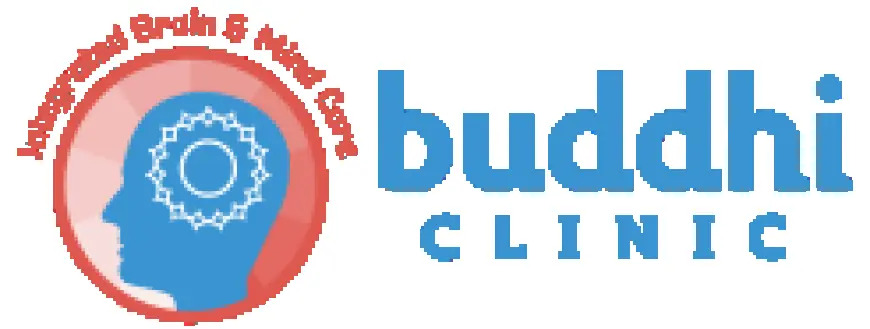Understanding the Science Behind Neurotherapy Clinics

The Brain as a Dynamic System
The human brain is a complex network of electrical signals, constantly adapting and responding to thoughts, emotions, and environmental inputs. When this network becomes dysregulated—due to stress, trauma, injury, or chronic conditions—it can lead to issues like anxiety, poor focus, depression, or sleep disturbances.
Neurotherapy clinics are built on the science of helping the brain re-balance itself through feedback-based learning. The approach is rooted in neuroscience and offers a non-invasive, evidence-based method for training the brain to operate more efficiently.
What Is Neurofeedback?
At the core of a neurotherapy clinic is neurofeedback—a form of biofeedback specifically focused on brain activity. Using EEG (electroencephalogram) technology, sensors are placed on the scalp to monitor brainwave patterns. These waves are categorized into frequencies like delta, theta, alpha, beta, and gamma, each associated with different states of consciousness.
For example:
-
Alpha waves are linked to calm and alert states.
-
Beta waves are tied to focused mental activity.
-
Theta waves are often seen during deep relaxation or meditation.
When brainwave activity is imbalanced—say, too many high-frequency waves in a resting state—it can signal stress or hypervigilance. Neurotherapy helps correct these imbalances by providing real-time feedback and reinforcing healthier patterns.
The Learning Process of the Brain
Neurotherapy leverages a process called operant conditioning. This is a type of learning where behavior is shaped by consequences—in this case, brainwave activity is rewarded when it aligns with target patterns.
During a session, the patient might watch a movie or play a game. The activity only continues smoothly when the brain produces the desired patterns. When the brain shifts out of balance, the movie may pause or the game may respond differently. This feedback loop teaches the brain what optimal performance feels like, and with repetition, it begins to hold those patterns on its own.
This is not stimulation—the brain is not being shocked or altered externally. Rather, it is learning through feedback, which makes it safe, painless, and natural.
Clinical Support and Data-Driven Insights
Neurotherapy clinics rely heavily on quantitative data. Before starting treatment, patients typically undergo a qEEG brain mapping session. This scan compares brain activity to a normative database to identify areas of dysregulation.
Using this map, clinicians build a personalized training plan. Progress is then tracked over time through updated brain scans and symptom tracking, allowing for constant refinement of the protocol.
This scientific foundation ensures that treatment is not guesswork—it’s targeted, measurable, and results-oriented.
Conclusion
Neuropsychiatric Treatment Center services are grounded in rigorous neuroscience. By using real-time EEG feedback and the brain’s own learning mechanisms, these clinics guide individuals toward healthier mental and emotional states. The science is clear: when the brain is given the right tools and support, it can adapt, heal, and perform at its best.
What's Your Reaction?
 Like
0
Like
0
 Dislike
0
Dislike
0
 Love
0
Love
0
 Funny
0
Funny
0
 Angry
0
Angry
0
 Sad
0
Sad
0
 Wow
0
Wow
0


















































